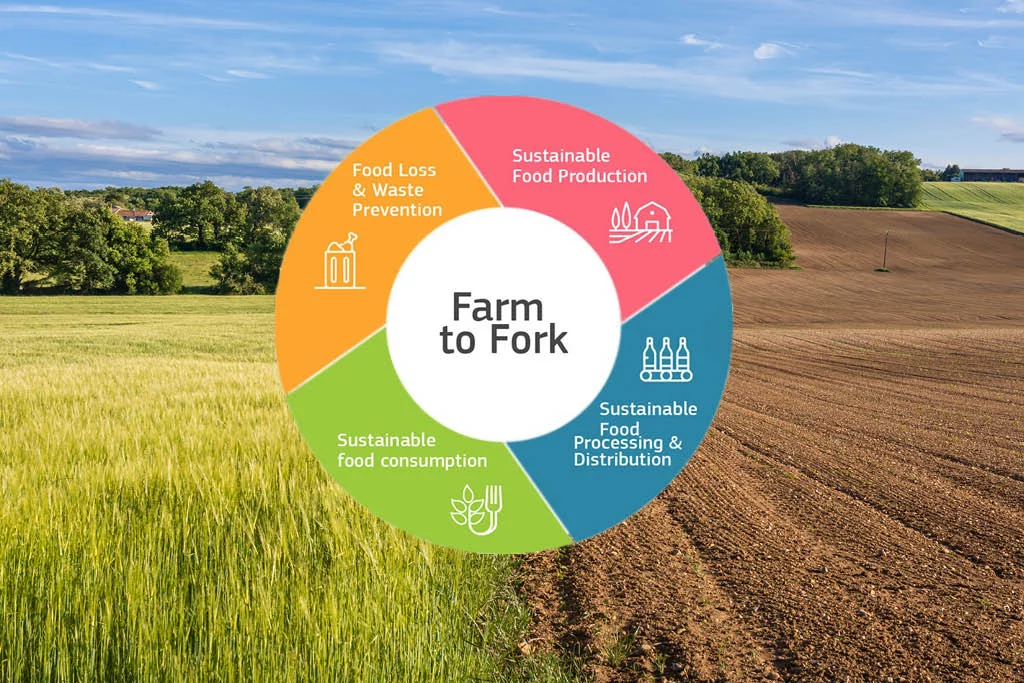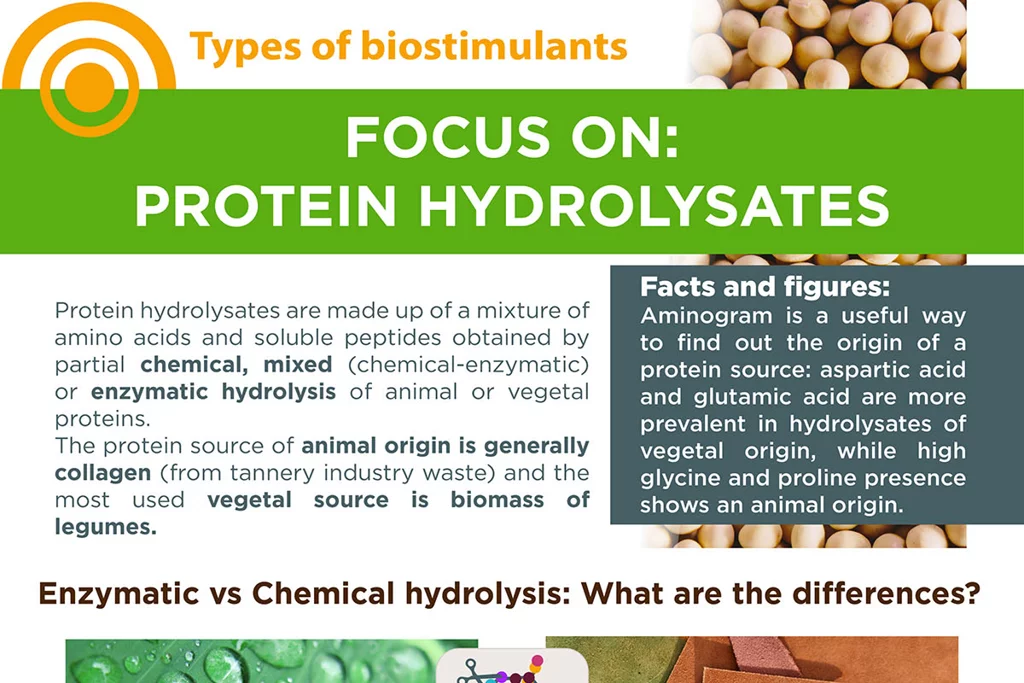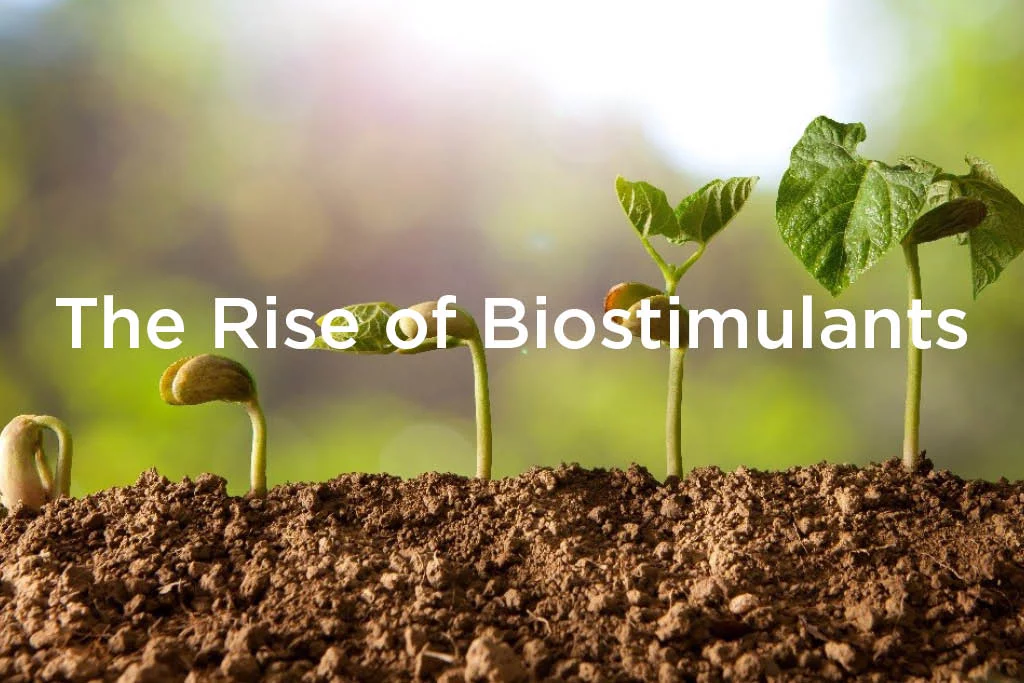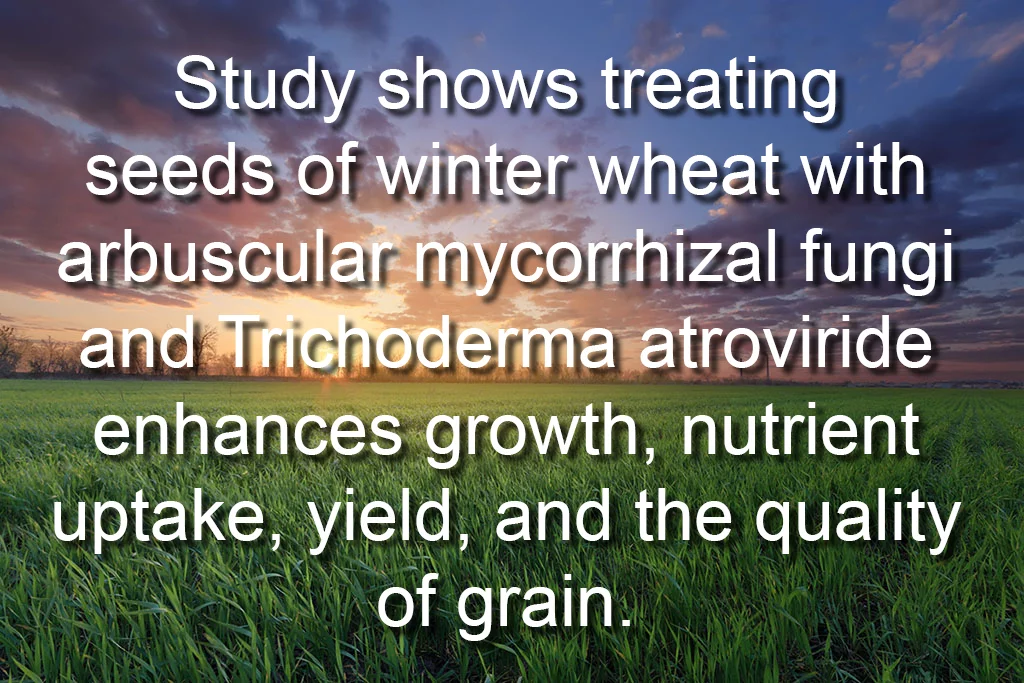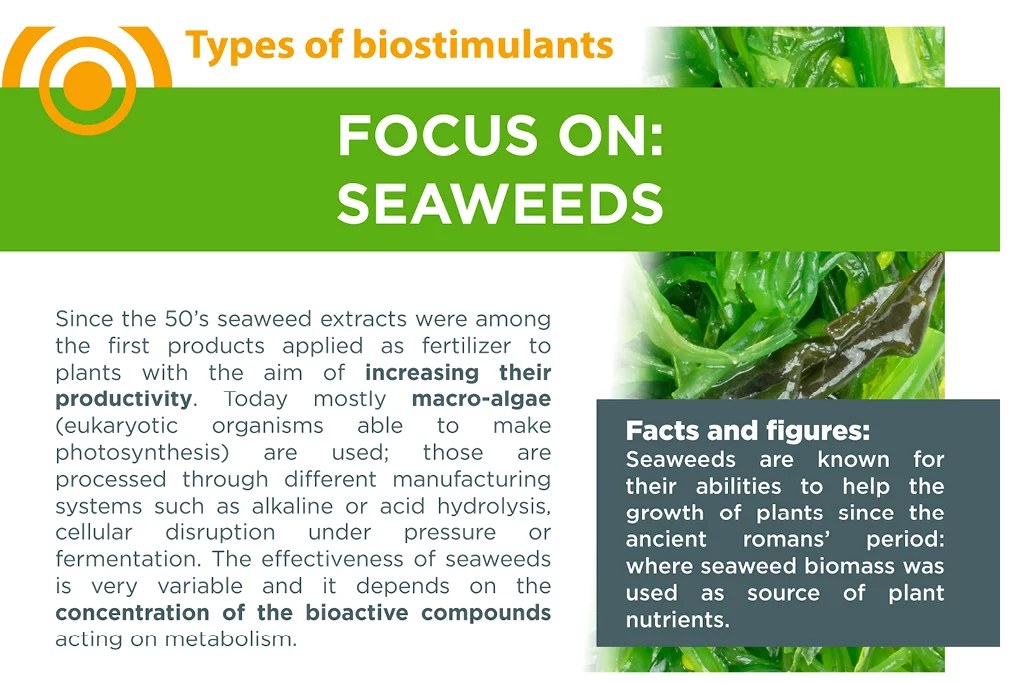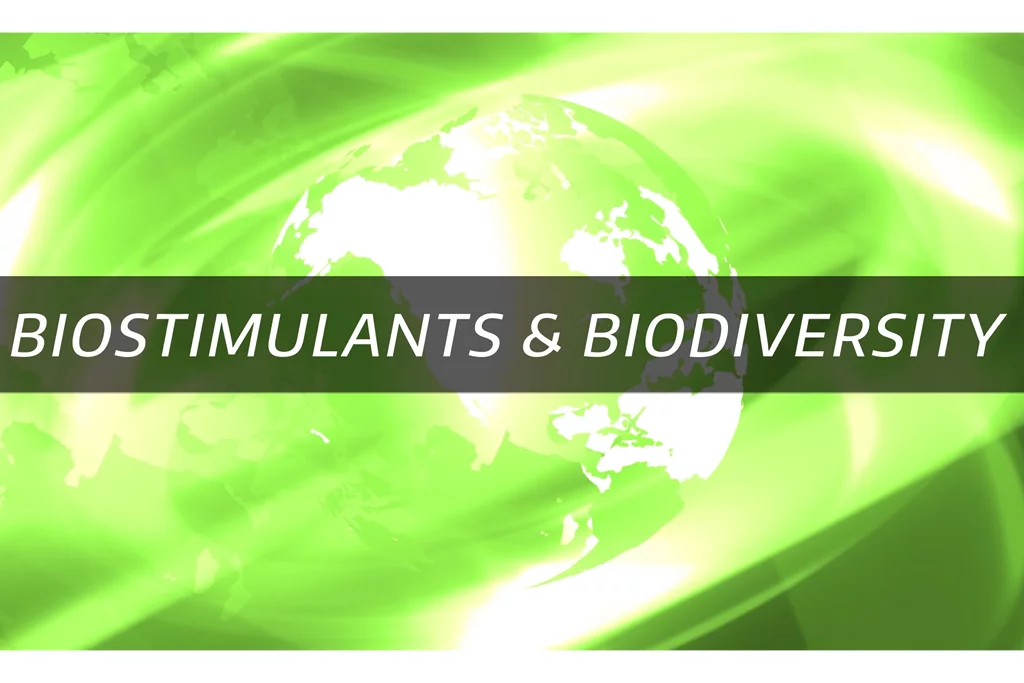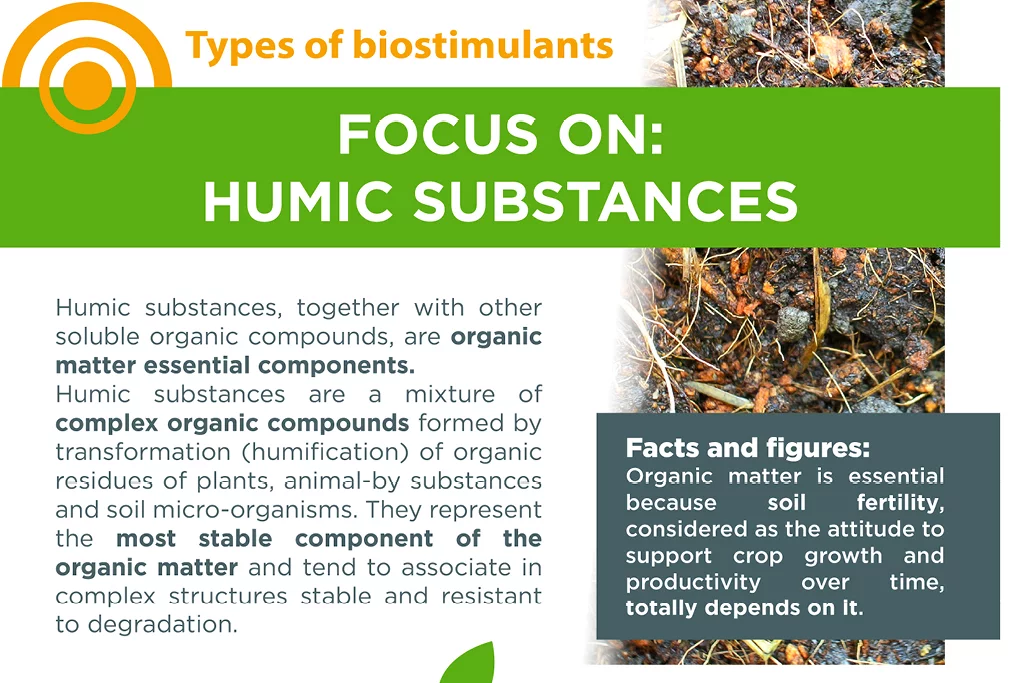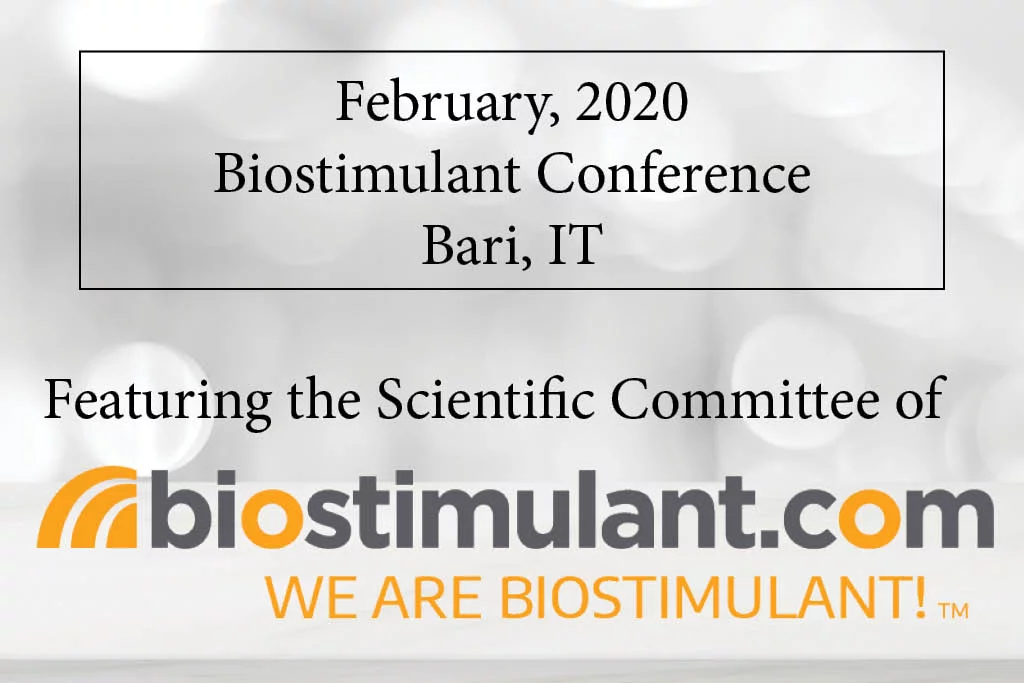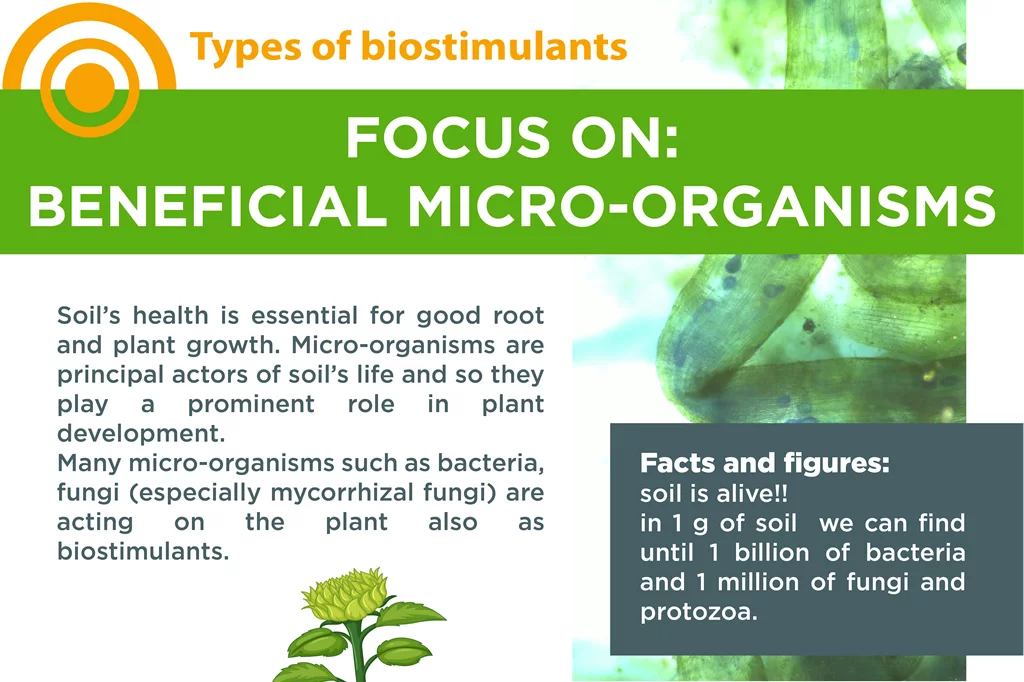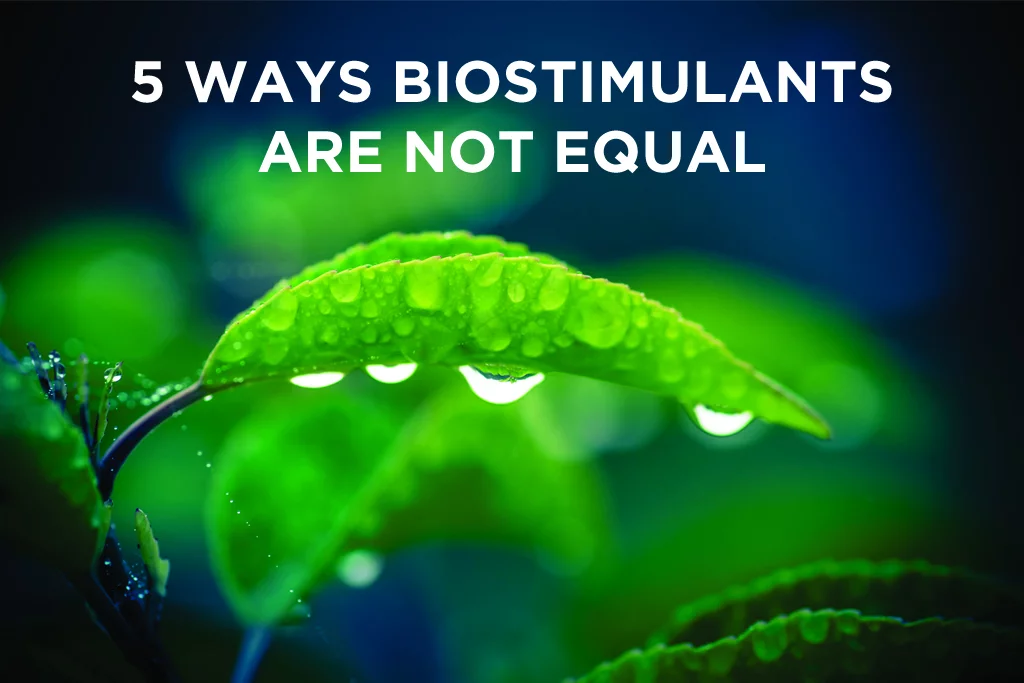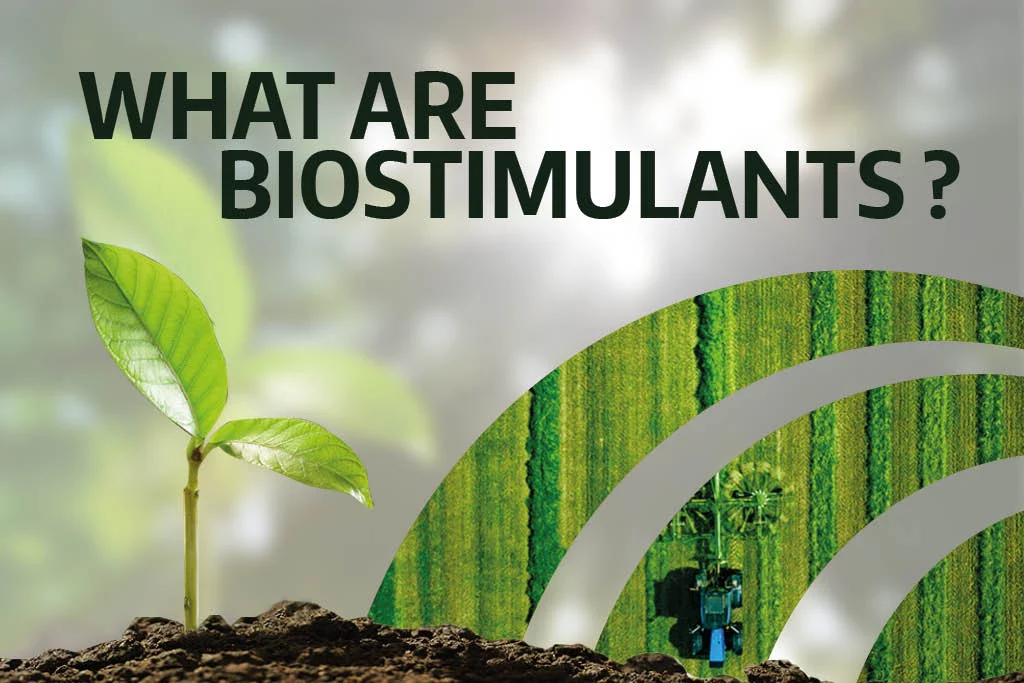BLOG #29
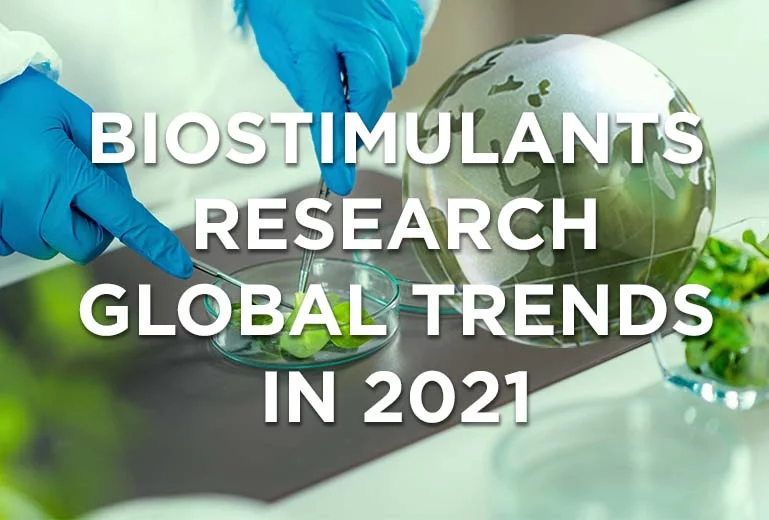
BIOSTIMULANTS RESEARCH GLOBAL TRENDS IN 2021
The market for biostimulants is estimated at USD 3.2 billion in 2021; it is projected to grow at a CAGR of 12.1% to reach USD 5.6 billion by 2026. Food and agricultural production systems worldwide are facing unprecedented challenges from an increasing demand for food for a growing population, rising hunger and malnutrition, adverse climate change effects, overexploitation of natural resources, loss of biodiversity, and food loss and waste. There is an increased demand for sustainably produced food, with lesser concentration of synthetic agrochemicals and higher concentration of biologicals. Hence, biostimulants are helping to address this issue in a sustainable manner, because of their ability to improve soil quality, nutrient use efficiency and tolerance against abiotic stress. The sector is currently going towards a great commercial growth backed up by solid and rigorous scientific research. In this article, we investigate the research trends in the biostimulant sector in 2021.
International Scientific Production: overview
Research activity in the biostimulant sector has seen a strong and progressive increase in the number of publications (keywords ‘plant’ AND ‘biostimulant’) in the last years and in 2021, the number of publications has further increased with over 450 papers published at international level. It is interesting to highlight that the number of publications in 2021 was higher than that of the previous year (+46%), in fact just over 300 papers referring to biostimulants have been published at international level in 2020. (Figure 1).

Breakdown of scientific articles
Analyzing the breakdown of scientific articles published in 2021 by biostimulant substance, it can be observed that plant extract and seaweed were the most studied, followed by humic substances, protein hydrolysates, microalgae, and silicon (Figure 2).
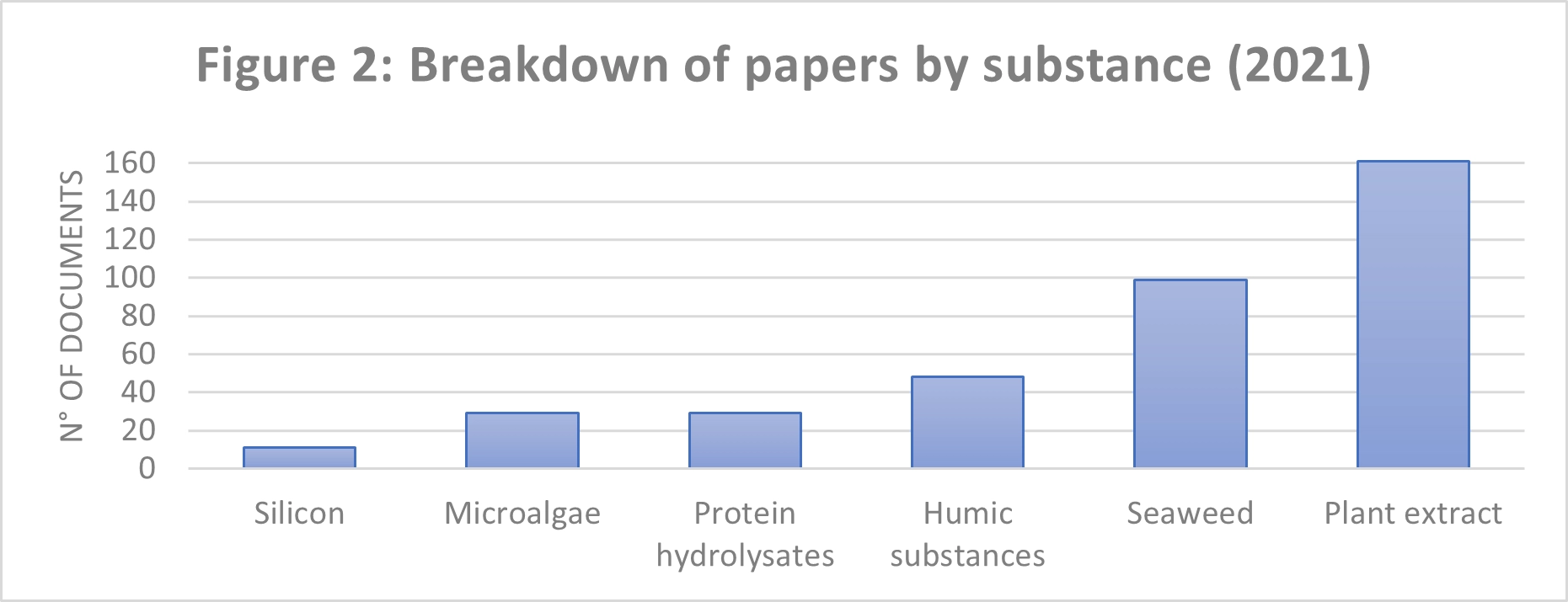
Instead, for microbial biostimulants most of the studies involved nitrogen fixing micro-organisms and Trichoderma (Figure 3). In particular, nitrogen fixing microorganisms are gaining interest as they can help in reducing the amount of nitrogen fertilizers, now that there is a shortage of raw materials, very high prices and an increasing attention to environmental as well as economic sustainability.
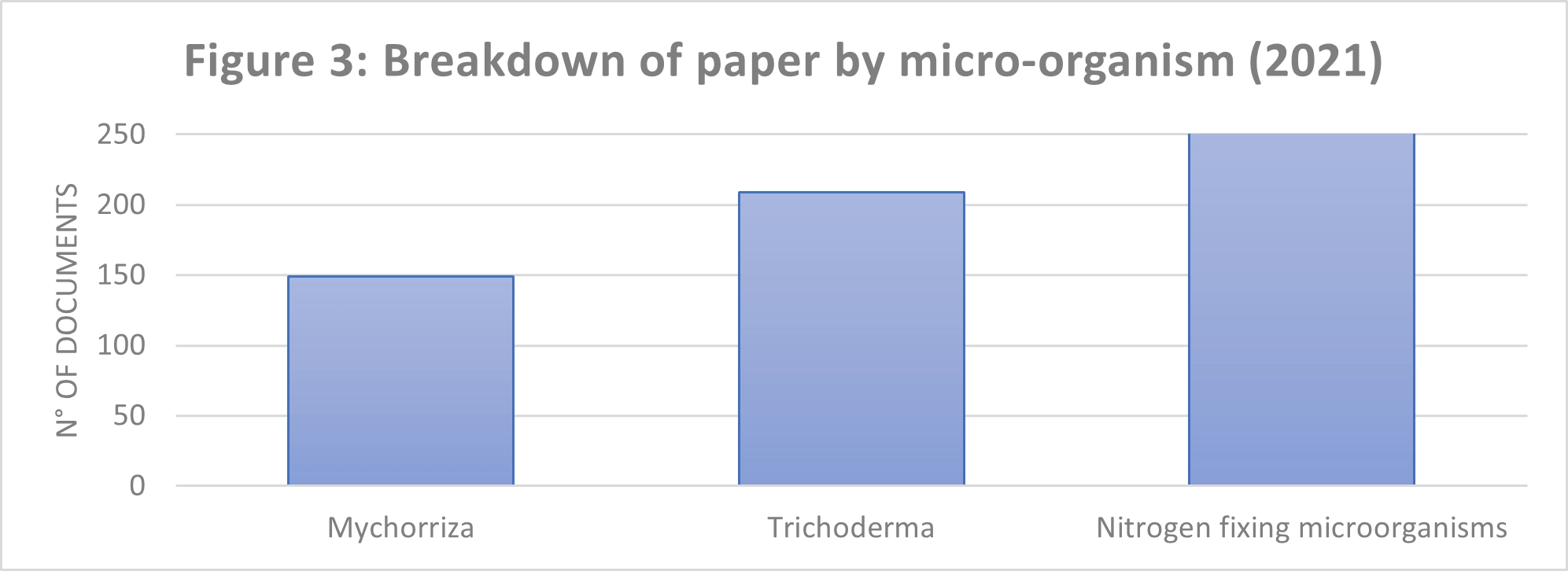
Research activity on biostimulant effects in 2021 have been focused especially on resistance to abiotic stress followed by enhancement of nutrient uptake and then improvement of product quality (Figure 4).

Among abiotic stress, drought is the most studied by researchers in 2021, followed by salinity and extreme temperatures (Figure 5). While the most studied nutrient in 2021 has been nitrogen which is after carbon, the element required in largest amount by plants for their growth and development. Nitrogen is followed in this rank by the two other major macronutrients, potassium and phosphorus (Figure 6).

The breakdown of the papers by crop shows that the tomato is by far the first crop by number of publications in 2021, with more than 70. Tomato is followed by wheat, soy and Arabidopsis spp. which is widely used as a model organism in plant research for screening and studying the mode of action of biostimulants (Figure 7).

The subdivision of papers according to the method of application, shows an increase in interest in the seed treatment with biostimulants which represents a valid, biological and alternative solution to chemical coating agents. Seed treatment is the first method of application by number of articles published in 2021, followed by foliar spray and fertigation (Figure 8).
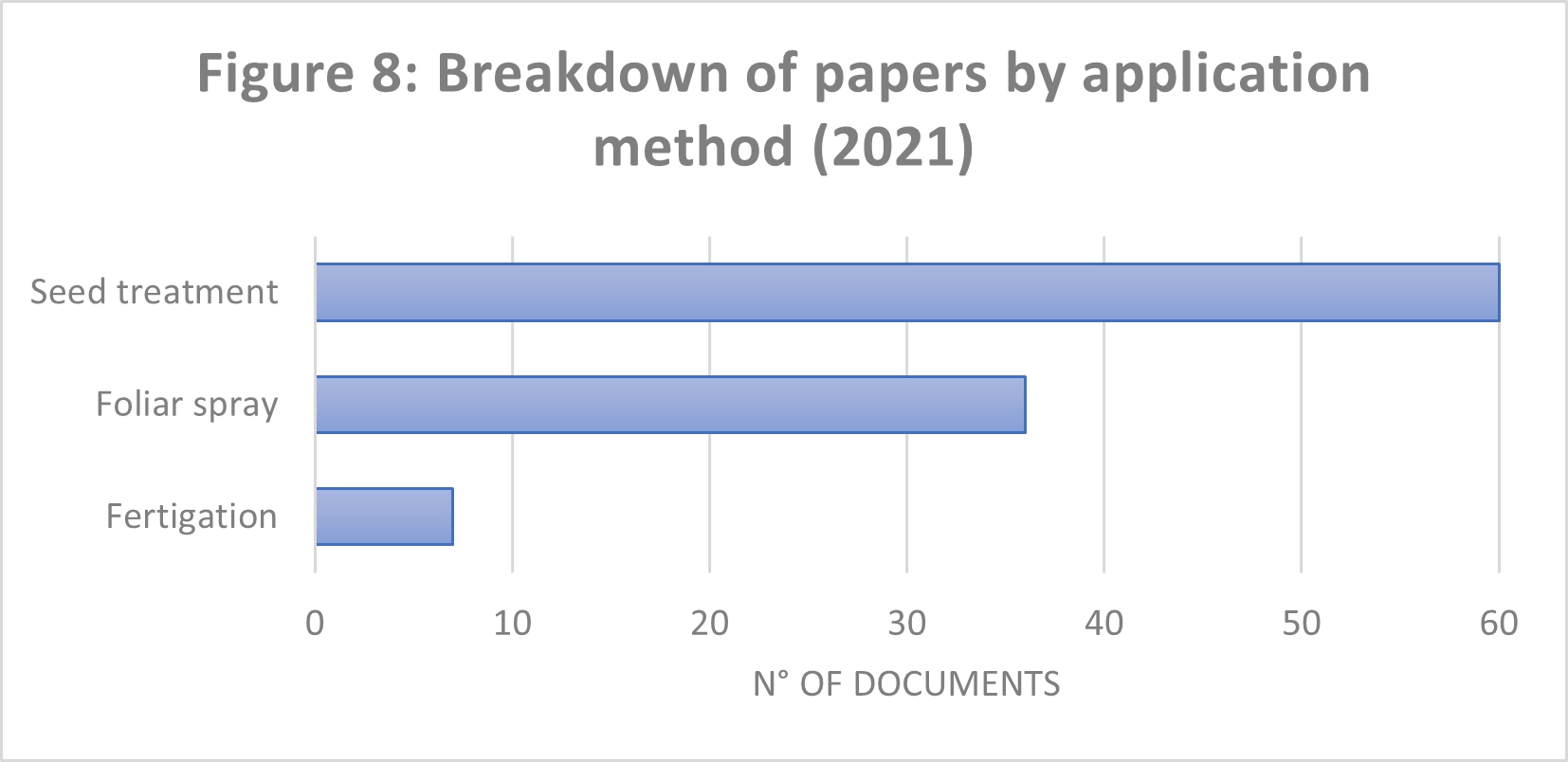
Geographic distribution and leading research scientists
Geographically, Italy is the leader country for number of scientific publications, with over 90 articles published in 2021 (Figure 9). In this rank, Italy is followed by Spain and Brazil on par, Poland, India and US.
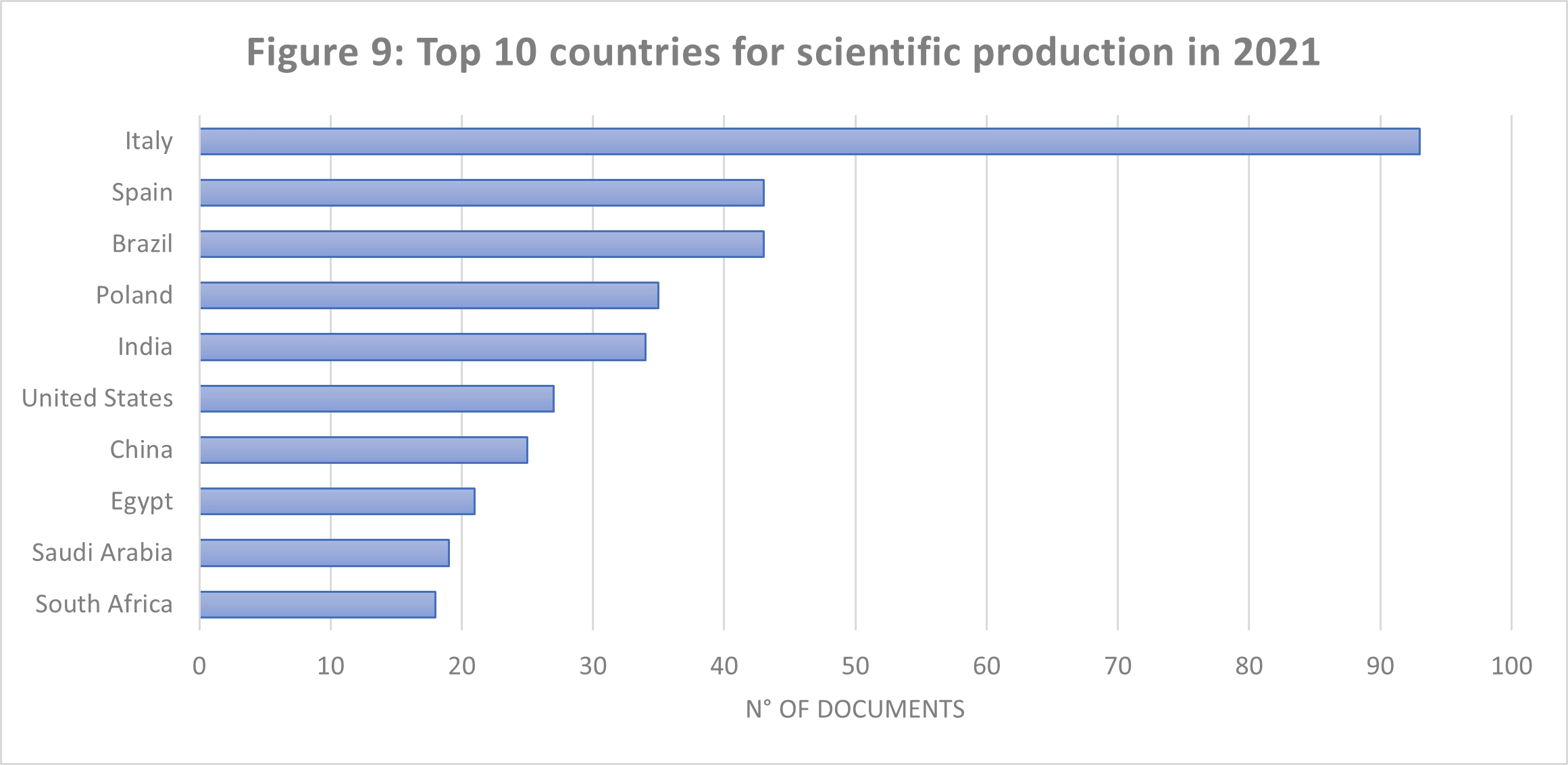
Since Italy is the first country in the world for number of scientific publications in the biostimulant sector it’s obvious that the top research institutions and scientists come from Italy too. In figure 10, the graph shows the top five research institutions in the biostimulants sector: University of Naples (IT) is followed by Tuscia University (IT), Consejo Superior de investigaciones cientificas (ES) which is the largest public institution dedicated to research in Spain and the only non-Italian in the top five, Catholic University of the Sacred Heart (IT) and University of Turin (IT).
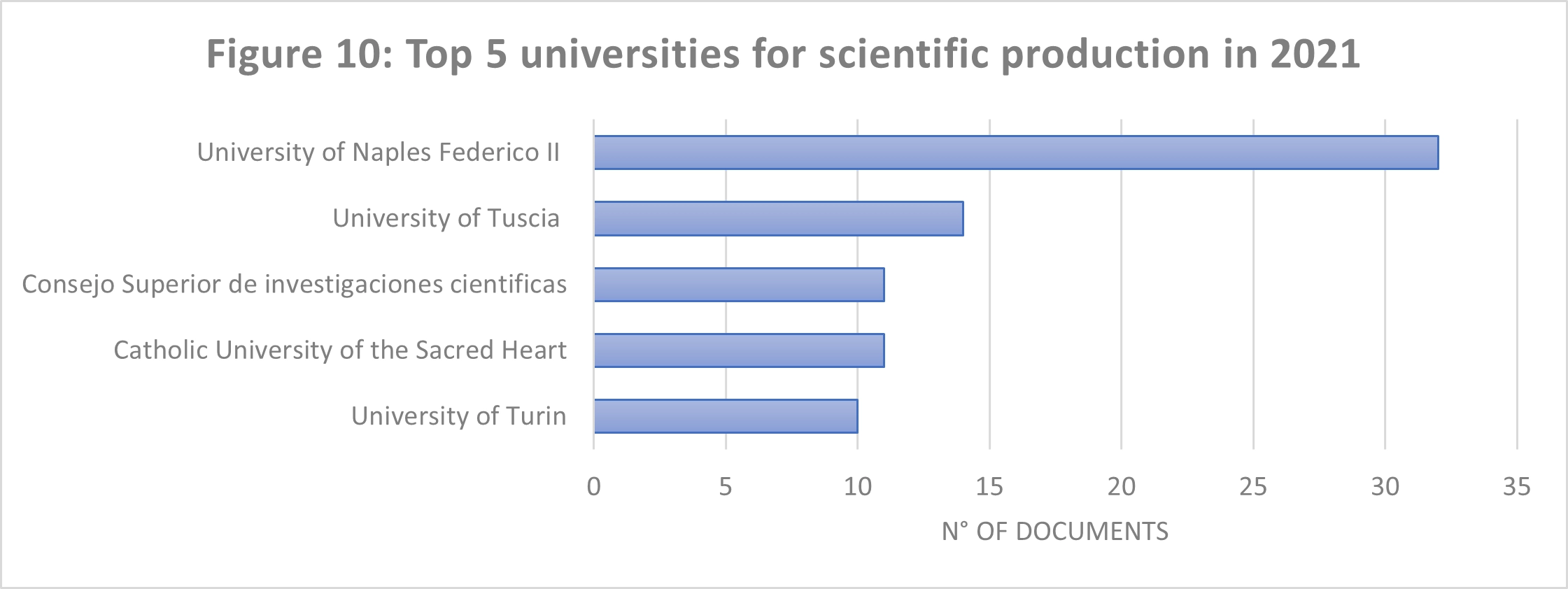
Among the top five scientists for number of publications in 2021 there are Professor Giuseppe Colla of Tuscia University (IT), who leads the Scientific Committee of biostimulant.com, Professor Youssef Rouphael of the University of Naples (IT), and Professor Luigi Lucini of Catholic University of the Sacred Heart, Piacenza (IT) also both members of biostimulant.com scientific committee (Figure 11).
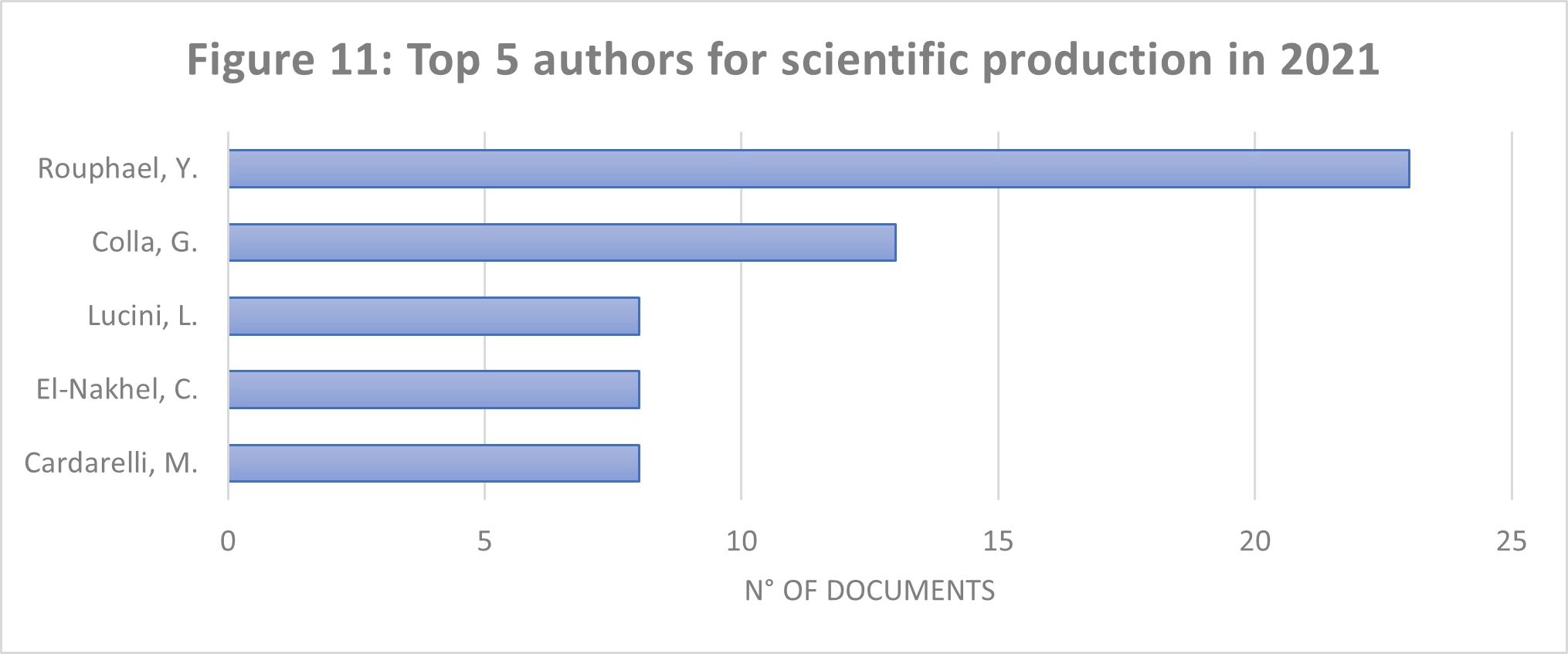
Research activity in the biostimulants sector grew in 2021, scientific publications increased by 46% compared to 2020. Among biostimulant substances, plant extracts and seaweed were the most studied, while Nitrogen fixing microorganisms were on top among microbial biostimulants in 2021. The most studied biostimulant effect was the resistance to abiotic stress and the most studied crop was tomato. Italy is still the first country for number of scientific publications and among the top five scientists by number of papers published in 2021 there are all the members of biostimulant.com scientific committee.
Scopus® database: https://www.scopus.com/
MarketsandMarkets™: https://www.marketsandmarkets.com/


